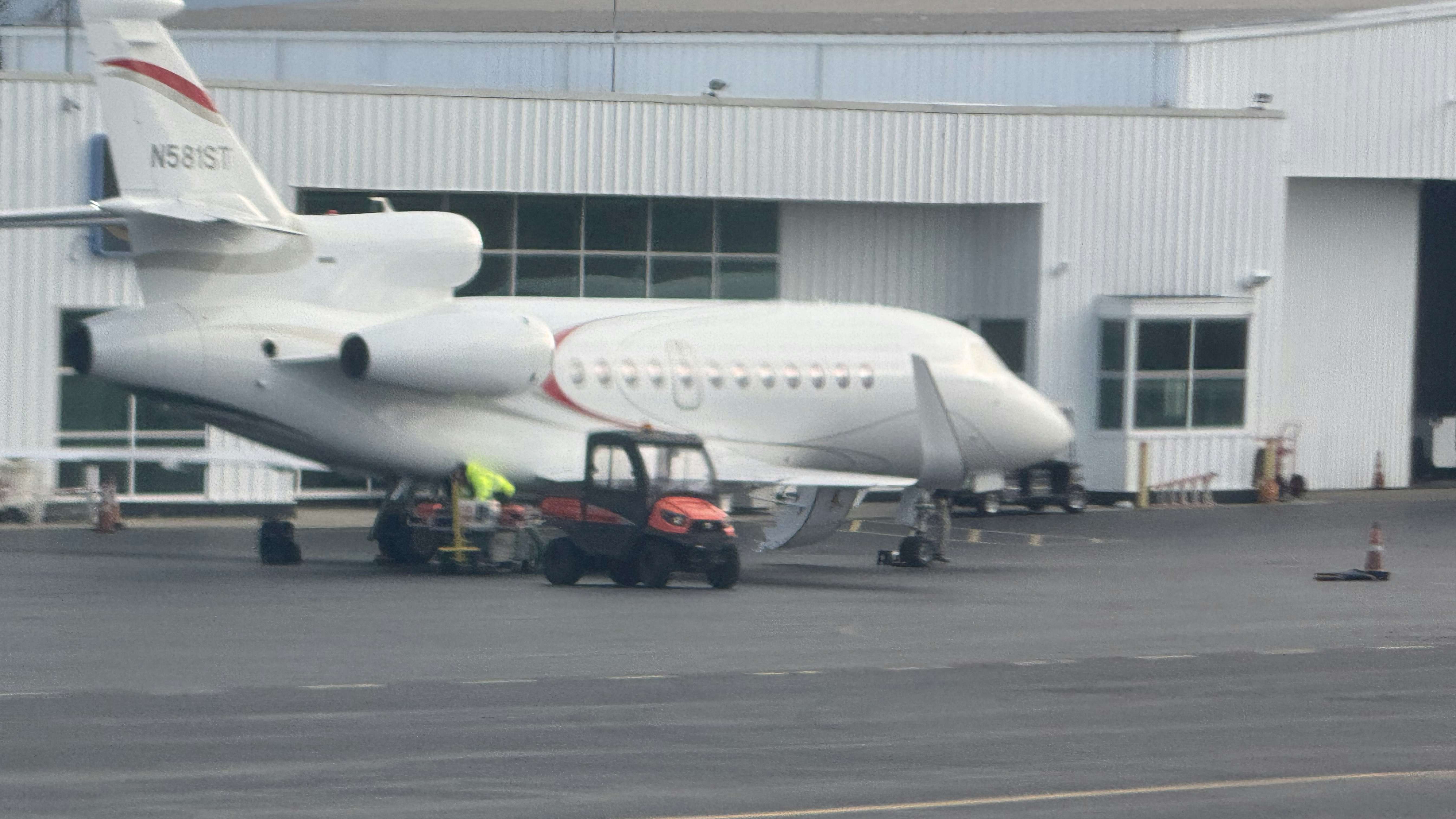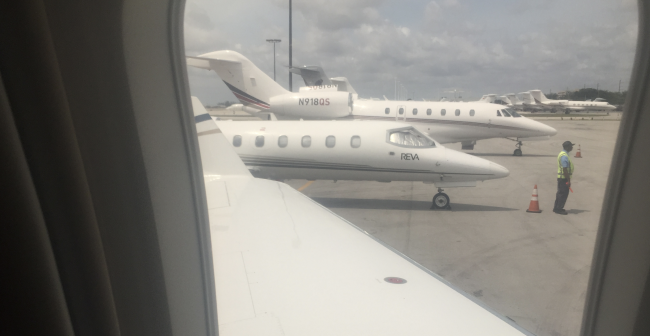
Beyond your hourly rate, these six factors can impact by thousands of dollars what your private jet flight costs.

The cost of your private jet flight can change significantly even if your contracted hourly jet card or membership rate stays the same.
Last year we made 106 updates to our database of private jet card and membership programs. In the first week of 2023, we’ve already done a half dozen updates.
While many of these changes are seemingly small, each can impact how much you pay for your private jet flights.
Here are six changes to watch out for because they can hit you in the wallet.
Private jets are time machines. Many private jet flyers use private aviation to create nonstop routes when airlines require connections or access to more convenient airports, saving time getting to and from their destination. In other cases, a 40-minute private flight replaces a six-hour drive.
When your flight time falls below the daily or segment minimum, you pay the higher amount.
That means if your flight is 40 minutes as your only flight of the day, and the Daily Minimum is 90 minutes, you pay 90 minutes, or possibly a bit more, depending on how taxi time is charged (Keep reading to see how taxi time charges are changing).
The good news is minimums are returning to pre-Covid levels.
For example, Daily Minimum for Light Jets was down to 75.8 minutes in Q4 2022 from 104.0 minutes in Q2 2022 and in line with 78.1 minutes in Q4 2019.
For a 45-minute flight on a light jet, based on the current average of $8,462, the reduction equates to a $3,667 savings per flight.
One trend in the past year has been to make taxi time additional to daily and segment minimums.
At the end of 2020, only 93 fixed or capped rate program options charged taxi time as additional.
At the beginning of 2023, that number nearly doubled to 177 programs that charge taxi time over and above the daily minimum.
Standard taxi time charges are six minutes for takeoff and six minutes for landing, so 12 minutes per segment.
At the current average light jet hourly rate of $8,462, that means $1,692 per segment for taxi time.
It can add up if you are flying short legs, less than the daily – or segment minimums.
Over the course of a dozen flight segments, a change from including taxi time in the segment and daily minimums to making it additional would cost $20,304.
A big benefit of fixed and capped rate jet cards is the large majority only charge for occupied hours, so you don’t have to worry about paying repositioning charges like with on-demand charter.
For U.S. flyers, this can be particularly valuable when you are traveling to the Caribbean, Mexico, and Canada.
The alternative dynamic pricing can often be 25%-to-100% more than the fixed rate programs.
Over the past 18 months, we’ve seen more than a dozen reductions in that extended service area.
That means instead of having a fixed or capped hourly rate, your flights are now priced based on the market.
When flying outside the Continental U.S., it means factoring in the repositioning cost. In other words, you are also paying for the repositioning flight or sometimes a nuisance fee.
Many operators would prefer to keep their airplanes in the Continental U.S.
So their pricing for international flights are their way of saying they would rather take domestic trips instead.
Many programs have Peak Day surcharges. While that’s not new, the expanding number of high-demand days means you are more likely to run into them.
Since the end of 2019, the average number of Peak Days increased from 22.8 days to 55.7 days.
Yet, until the past 18 months, you would still have a guaranteed hourly price, even if there was a premium.
One new trend is to make peak-day pricing dynamic. That means on the industry’s busiest days, you must pay what the market will bear.
In some cases, peak-day dynamic pricing applies across the board. In other cases, it depends on your deposit amount, while in others, it is based on the aircraft category.
The bottom line: Make sure to read the fine print of the contract. These details are often not in the glossy brochures, although it is one of the factors we track in our comparisons.
Rate Locks are what you probably think. They protect your contracted hourly rate against increases for a period of time, typically 12 months. However, that varies and, in some cases, can be negotiated, although that became more difficult in 2022.
According to The Jet Card Report by Private Jet Card Comparisons, the percentage of jet card buyers who were able to get a Rate Lock beyond what was being offered dropped to 2.0% from 17.2%.
The average hourly rate of fixed/capped hourly rate jet cards and memberships increased by 21% last year from Q4 2021 to Q4 2022.
That means if you deposited funds in December 2021 with a 12-month rate lock and still had funds remaining, your $20,000 flight in 2022 will now cost $4,200 more in 2023, depending on the fine print.
Some programs have fixed escalators at the end of a lock, while others revert to current published rates. Still, others will give you a lock until funds expire. Of course, make sure your lock is truly a lock. Some jet card contracts allow the provider to change terms, including hourly rates, with as little as two weeks’ notice.
Until fuel prices spiked in early 2022, few people focused on Fuel Surcharges because they weren’t being charged.
It turns out that many contracts had clauses that enabled the provider to implement a surcharge if the price of jet fuel went over a specified amount.
Programs that didn’t have language about it quickly inserted terms.
But how they are calculated – and how often they are updated, varies. Some companies update the surcharge weekly, others do it on a monthly basis, and others update them when they see fit.
Since the surcharges vary – as the price of jet fuel spiked, so did the surcharges.
Some Light Jet surcharges were over $1,000 per hour, while Large Cabin surcharges ranged over $2,500 per hour, adding $25,000 to a single roundtrip between New York and Los Angeles.
From one provider, we noted that the word “fuel” in its jet card contract appeared just two times in February 2022. Four months later, there were 21 references.
And here’s a kicker. While some contracts state clearly that your fuel surcharge is based on the rate at the time you book, others are ambiguous as to whether you will pay the rate when you book or when you fly.
In addition to being cognizant of changes beyond just hourly rates when you are in the buying process – for paid subscribers, we compare over 65 variables for more than 50 providers and nearly 900 distinct offerings – once you’ve joined a program, review your invoices each month.
We hear constant feedback from subscribers about finding mistakes, which isn’t surprising, as we regularly find variances between what’s on a website, in brochures, and on the actual contract.